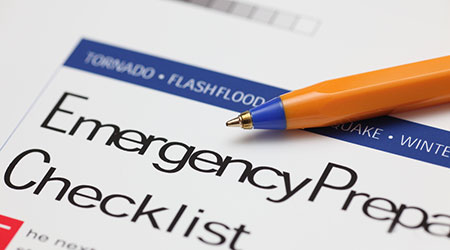Preparing for the risk of a future pandemic is important, but an emergency preparedness program should be broadened to span an array of emergencies, according to an article from Building Operating Management on the FacilitiesNet website.
A comprehensive emergency program should include a communication and escalation protocol that includes a list of who needs to be contacted, when, and by whom.
Emergency operating procedures should be drafted and reviewed at least annually for relevance and accuracy. The staff should be trained on all related emergency operating procedures, communication and escalation protocols and applicable processes.
Drills should be coordinated at least quarterly, testing the emergency operating procedures and response against varying scenarios. Also, site/building drawings and one-line diagrams should be organized, reviewed and made available to applicable staff and contractors.

 Contaminants Under Foot: A Closer Look at Patient Room Floors
Contaminants Under Foot: A Closer Look at Patient Room Floors Power Outages Largely Driven by Extreme Weather Events
Power Outages Largely Driven by Extreme Weather Events Nemours Children's Health Opens New Moseley Foundation Institute Hospital
Nemours Children's Health Opens New Moseley Foundation Institute Hospital Code Compliance Isn't Enough for Healthcare Resilience
Code Compliance Isn't Enough for Healthcare Resilience Ribbon Cutting Marks First Phase Completion for New Montefiore Einstein Facility
Ribbon Cutting Marks First Phase Completion for New Montefiore Einstein Facility